Should we all be opening batters now? What’s the official line?
Some changes of position are just too noteworthy to serve as suitable subject matter for small talk.
An example from another sitcom: in Friends, when multimillionaire software genius Pete Becker outlines to Monica his plan to change direction.
“Well er, I’ve been doing a lot of thinking, and I look at my life, and I feel like I’ve conquered the business world, and I feel like I’ve conquered the intellectual world, and now I have the most beautiful woman in the world. There’s one thing missing. It’s time for me to conquer the physical world. Monica… I want to become the Ultimate Fighting Champion.”
What possesses a man to change tack like this when everything’s going so swimmingly for him?
Well no-one really enjoys maintenance. Fresh challenges have their allure – particularly if you’ve been conditioned to expect you’ll succeed.
Favour v flavour
For the most part, great batters have tended to gravitate towards a favoured spot and then hunkered down for the duration. Sachin Tendulkar batted 275 times at number four. Between his first innings in that position in 1992 and his final Test in 2013, he barely batted anywhere else.
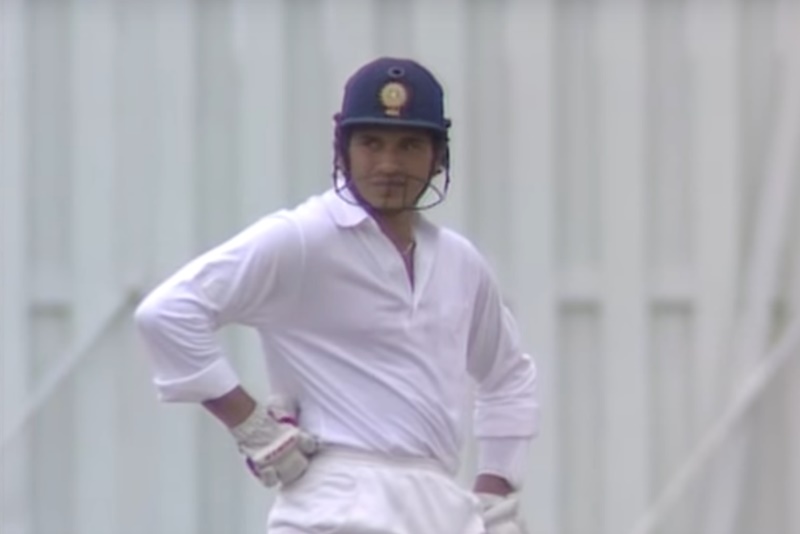
Ricky Ponting played 196 innings at three and when he finally moved from there in his final year of Test cricket, it was downwards – tantamount to an admission of frailty.
Brian Lara never turned himself into an opener. Nor did Kumar Sangakkara. Inzamam-ul-Haq opened exactly once and didn’t let the resultant unbeaten fifty shape his attitude to the role. Steve Waugh played just 15 of his 260 Test innings in positions higher than five, despite an average that suggested a certain degree of competence with the bat.
Steve Smith has made 9,514 runs without opening the batting at an average in the high-50s. A player like that can bat where they choose. And Smith has chosen to open.
Why? Perhaps the middle-order role has become just a little familiar to him; a little bland; a little lacking in citrus and spice.
Enthusiasm and freshness
In this era of big data, emotions and attitudes are the great unquantified influences on performance. Statistics struggle to treat players as anything other than fixed entities. Analysis is shaped by a sort of, ‘he did this, so he can do this,’ kind of logic.
In reality, everything is in flux. No player is the same for long. They’re all marching rapidly towards retirement.
As we monitor this, we tend to weigh the accumulation of experience against physical deterioration, but what’s being shed is more often enthusiasm – all the things for which the heart yearns give joy in diminishing returns.

Smith is unarguably a cricketer who throws heart, soul, guts, spleen, gallbladder and probably even anus into his cricket.
He does not sleep the night before the first innings of each Test, explaining to Sky Sports that he simply cannot settle his mind. “I visualise all the bowlers coming at me, what they are gonna do, how I’m gonna try and score and things like that.”
This is the price he pays for his brilliance.
“It’s not ideal,” he concedes.
But that kind of thirst for the contest is borderline impossible to sustain. That is in fact the precise reason why James Anderson is so remarkable – his continued appetite for Test cricket is beyond freakish.

In 2014 horror film It Follows, a terrifying supernatural entity relentlessly walks towards its target, no matter where they go, no matter how long it takes, and if it ever gets to them, they’re dead. The would-be victim can drive a thousand miles and buy themselves some time, but eventually the damn thing turns up and they have to run away again.
We see staleness in a similar way. You can never stay still. We’ve been trying to knock out creative work for somewhere around 20 years and we regularly have to change our approach in a bid to keep our foe at bay.
It’s an endless dance and you don’t always take the right steps. Sometimes you can’t think of anywhere to go, then other times you find a brand new angle and you’re rejuvenated for a time.

Pat Cummins this week described Smith’s move to the top of the order as “a re-energising.” Elaborating on this, he said: “You can see already his mind whirring about how he’s going to maybe go about [things] a little bit differently.”
This sounds to us like a ristretto-jolt in a man who perhaps hadn’t realised how far he’d drifted. It was surely no coincidence that Smith’s return for the 2019 Ashes resulted in one of his most productive series – 774 runs in just seven innings. Freshness and enthusiasm seem to shape his returns more than foot position or backlift.
> The four stages of Steve Smith’s recurring metamorphosis into a batsman
Reaction to Smith’s promotion has been mixed. Even former Australia captains can’t agree.
“Don’t be surprised if he breaks Brian Lara’s 400 record,” said a characteristically restrained Michael Clarke.
“I nearly vomited,” said Kim Hughes.
In his first innings ‘up top’, Smith pulled a couple of fours, shuffled to 12 not out and then edged Shamar Joseph’s first ball in Test cricket to Justin Greaves at slip.
In an unfamiliar position, it nevertheless felt a familiar dismissal: Smith squared-up and scissoring across the ball, just absolutely confounded that it hadn’t behaved exactly as he thought it would.
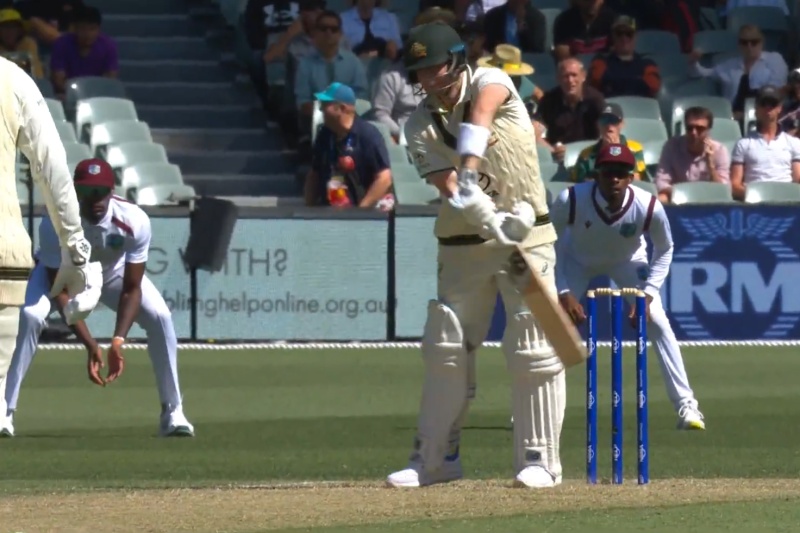
So Innings 1 was a failure really. Was that an opening thing? A new Test bowler thing? Or just an ordinary run-of-the-mill cricket thing?
Smith’s been out for 12 before. This wasn’t even the first time he’s been out for 12 in a new batting position. He made the same score the one and only time he batted at nine, against Pakistan in 2010. Ben Hilfenhaus came in after him and made 56 not out.
So, you know… sometimes you make a score and sometimes you don’t. That’s the eternal truth underpinning all batting statistics. Whatever form you’re in, every delivery is the equivalent of a shot on goal for the bowling side. Edges to slip for 12 can happen.
It doesn’t mean Smith won’t make it as an opener, but there’s also no saying he will. What do we think? The record of his predecessor feels instructive.
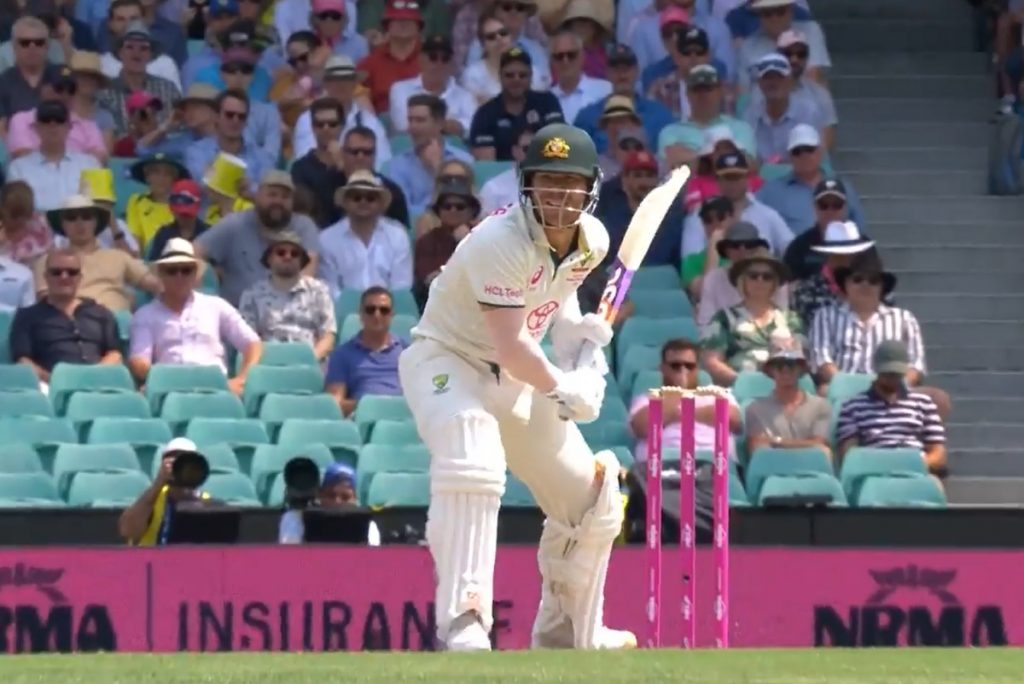
Because if you’re going to be an opener, there’s worse nationalities to be than Australian. A massively large proportion of David Warner’s reputation as a Test cricketer was built on runs made in home conditions. That’s where he scored 20 of his 26 Test hundreds, averaging 57.85 versus 32.50 everywhere else.
Smith, you would fancy, can make runs opening the batting in Australia as a bare minimum. That return alone wouldn’t measure up against his historic middle-order record, but it’s perhaps not too dreadful a trade for a player who increasingly seems to have been subsiding towards stale 30-odds.
Because Smith doesn’t sound like a man who’s been enjoying familiar challenges. Speaking to AAP recently, he said: “Over the last few years I’ve come in after quite a lot of runs, the ball’s a bit softer. [They] have a cover in and maybe four on the legside. Guys are bowling straight and able to control the scoreboard a little bit more. That’s probably kept me quieter and made me face a lot more balls to score runs.”
Does that sound to you like a man who, in the words of Justin Langer, “shadow bats whether he’s in the shower or in the bedroom”? Does it sound like a man who literally lies awake at night, planning how he’s going to play his next innings? Or does it sound like a man who’s maybe getting a bit fed up with the same old, same old?
“Perhaps that changes a bit with the new ball,” continued Smith. “You obviously have a bit more attacking fields and more gaps out there to score runs. I’m looking forward to that.”

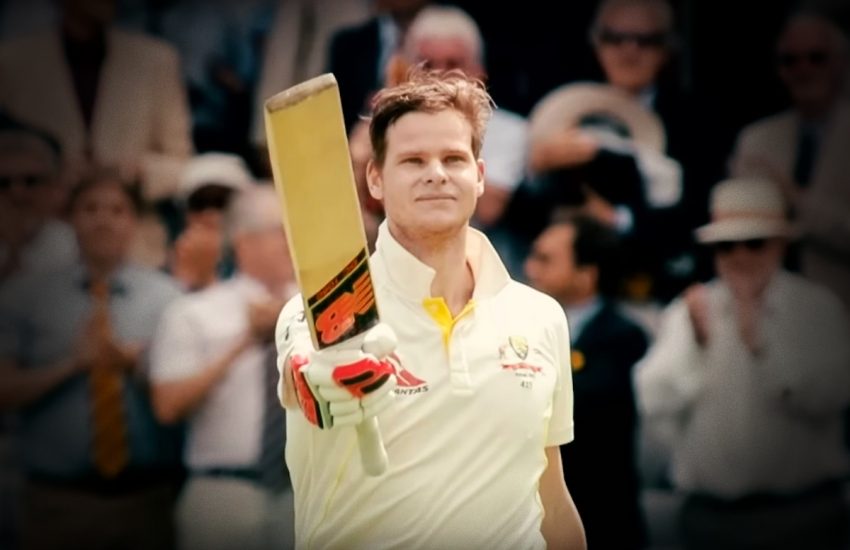
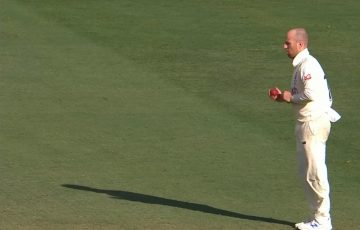

Isn’t it just a case of “nobody else wanted to” and they also wanted to get Green back in?
Based on his quotes, I hope he’s planning to Sehwag it. Bet he won’t though.
He still actively wanted to. For a middle order batter with his track record, that’s tremendously unusual.
He is, in oh so many ways, tremendously unusual.
On a completely different note, I need to vent.
Out of boredom, I watched a SA T20 match between Joburg Super Kings and Pretoria Capitals. I don’t know who the other commentator was, but one of them was Kevin Pieterson. It was the most god-awful, lairy, scary, massively over-excited-to-the-point-of-mental-illness, commentary I have ever heard. I don’t mind excited commentary if it’s in the context of the game, and kept within it, indeed it can add to the drama, but what happened this evening was utter bat-**** weirdness, like two drunks/druggies sitting on sofa in the privacy of a mental asylum going berserker (why the hell was KP screaming “Jenny” all the time when a six was hit?!!?). It was distinctly unpleasant, like watching a cat vomiting a much decayed mouse into a pile of fetid dog faeces floating in a puddle of cold sick of someone who had eaten a kabab and drunk 8 pints of wee. Yes, that bad! I shall not be watching a SA T20 match again, not least due to the immediate PTSD it’s induced.
Maybe there’s a blog subject in it for KC.
Well you’re really selling the viewing experience.
Maybe it should go down as a match report.
In all seriousness, thank you allowing the space for victims of psychological trauma, such as I, to open up and share our terrible experiences. It staved off the nightmares last night, and the long term prognosis is hopeful.
Only through being open about these horrors can we ever hope to face them down.
My theory is that the whole team hates Bancroft so much so that they’d do anything to stop him opening. Even if that means Smith opening and playing 6 bowlers.
On another note – I feel we’re slowly getting to the end of this good Australian team. Khawaja is 37 and they clearly have no other openers. Smith is 34. It feels like they’ve had Starc (almost 34), Cummins (30), Hazelwood (33) and Lyon (36) as their bowling attack for about 15 years.
The only pace bowlers to debut in the last FIVE years are Boland (34) and Neser (33).
Good stat!